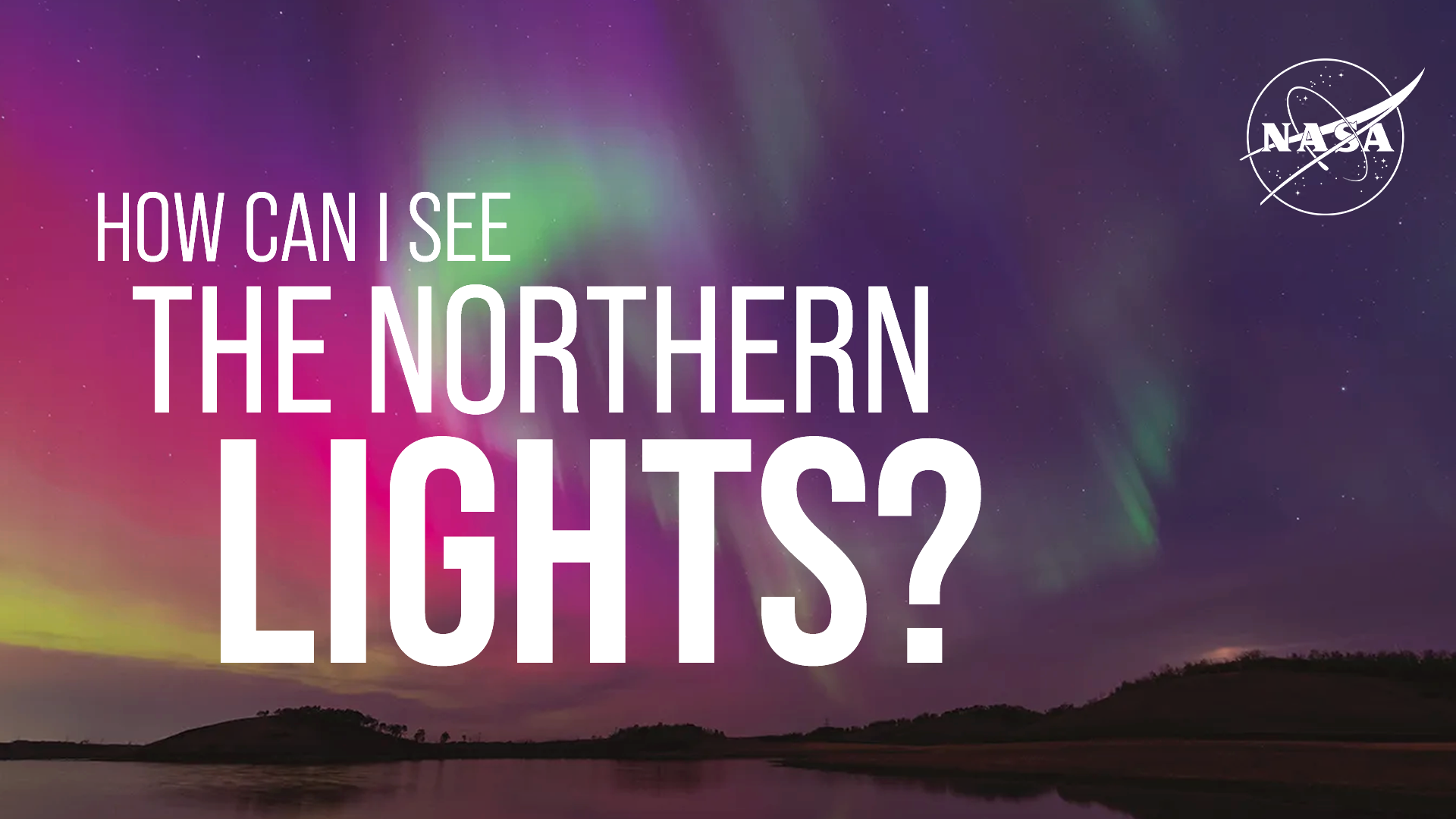Experiencing the Northern Lights: A Guide for Enthusiasts
The northern lights, or auroras, are one of nature’s most spectacular displays, captivating onlookers with their vibrant colors and mystical movements across the night sky. However, catching a glimpse of this breathtaking phenomenon requires being in the right place at the right time, along with a bit of patience and luck. This article will delve into the essential elements needed to witness this celestial spectacle, provide tips for increasing your chances of success, and suggest resources for further information.
Auroras occur as a result of interactions between charged particles from the Sun, known as space weather, and the Earth’s magnetic field. These interactions take place high above the clouds, so having clear skies is crucial. The best viewing locations are typically closer to the poles, as the magnetic field lines converge there, which is why the northern lights are most commonly seen in regions like Scandinavia, Canada, and Alaska.
The Science Behind the Northern Lights
Understanding the science of auroras can enhance your appreciation of the phenomenon. When the Sun releases charged particles, they travel through space and interact with the Earth’s magnetosphere. This interaction causes the particles to accelerate and collide with gases in the Earth’s atmosphere, such as oxygen and nitrogen. These collisions result in the emission of light, creating the beautiful auroras we see.
The colors of the northern lights vary depending on which gas is involved in the collision. Oxygen typically produces green and red lights, while nitrogen can result in purples and blues. The intensity and color of the aurora can also be influenced by the speed and density of the solar particles.
Optimal Conditions for Viewing
Timing and location play crucial roles in witnessing the northern lights. Statistically, the best months for viewing are March and September, when geomagnetic activity is often higher. However, auroras can occur anytime from sunset to sunrise, especially when solar activity is heightened. Midnight is generally considered a prime time to observe this natural wonder.
To maximize your chances, pay attention to space weather forecasts. The NOAA Space Weather Prediction Center is an excellent resource for tracking solar activity and predicting auroras. Additionally, Aurorasaurus.org offers free alerts based on your location and provides valuable data interpretation to help enthusiasts make sense of the information.
Technology Aids in Aurora Spotting
Modern technology can significantly enhance your aurora viewing experience. While our eyes may struggle to detect faint auroras, smartphone cameras are more sensitive and can capture the subtle lights that might otherwise go unnoticed. By reviewing your photos, you can confirm whether you caught sight of an aurora, even if it appeared dim to the naked eye.
Choosing the Perfect Viewing Spot
Selecting an ideal location is key to successful aurora viewing. Look for a safe, dark area with a clear view of the northern horizon, far from city lights that can obscure the night sky. National parks, rural areas, and remote landscapes often provide excellent conditions for watching the northern lights.
Additional Resources and Community Engagement
For those eager to dive deeper into the world of auroras, the internet offers a wealth of resources. Websites and online communities dedicated to aurora hunting share real-time updates, tips, and experiences. Engaging with these platforms, such as Aurorasaurus.org, allows you to report your own sightings and learn from others, fostering a sense of community among aurora enthusiasts.
Final Thoughts
The magic of witnessing the northern lights lies not just in the visual spectacle, but also in the anticipation and thrill of the chase. By understanding the science behind auroras, staying informed through reliable sources, and selecting optimal viewing conditions, you can increase your chances of experiencing this awe-inspiring phenomenon. Remember, patience and a bit of luck are essential companions on this journey into the mesmerizing world of the northern lights.
For more insights and information, visit related resources and consider exploring the full episode list and YouTube playlist on the topic, available through reputable sources like NASA’s official website. Engaging with these materials will enrich your understanding and appreciation of one of nature’s most extraordinary displays.
For more Information, Refer to this article.


































